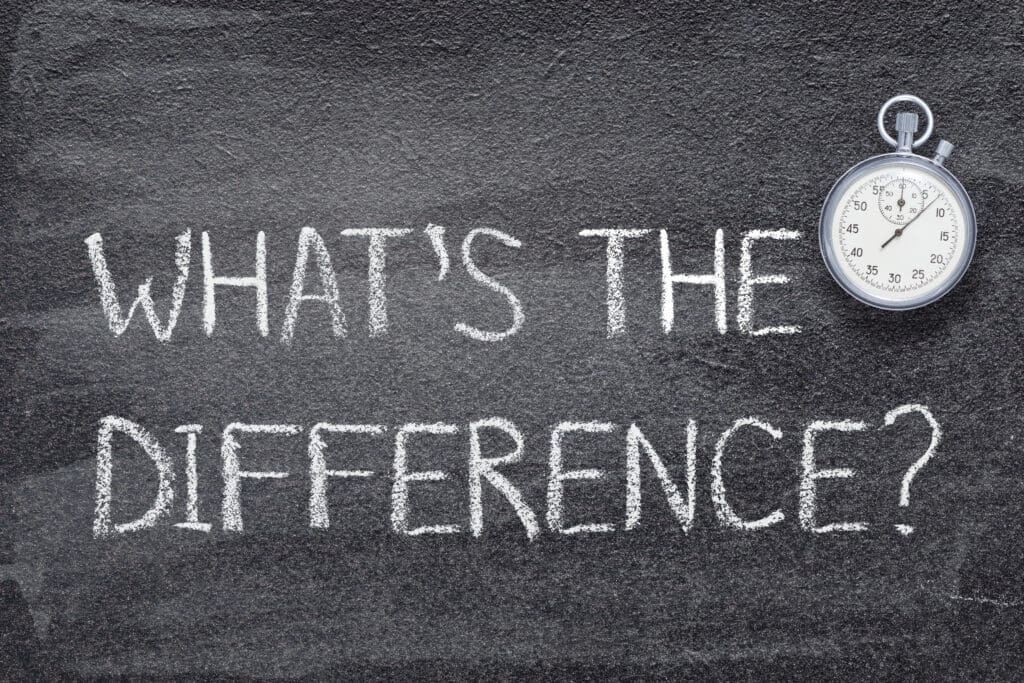A variety of terms sound similar. Electronic medical records (EMRs) and health records (EHRs) often are used interchangeably. However, an EMR captures information from a single healthcare provider, while an EHR system is designed to be used by multiple care providers and healthcare organizations.
In the employee benefits world, the terms ICHRA and QSHERA sound similar but also differ in some distinct ways. ICHRA is an acronym for individual coverage Health Reimbursement Arrangement, and QSHERA refers to a qualified small employer HRA.
In this blog, we are going to break down the basics of these two types of health reimbursement arrangements and point out some of the differences between them. When you have the correct information available, it is easier to select the health insurance benefits that best meet your business needs and those of your employees.
What is a Qualified Small Employer Health Reimbursement Arrangement?
First available in 2017 after the 21st Century Cures Act was enacted, a QSEHRA is a health cost reimbursement plan that small business employers may offer. It is not traditional group health insurance but enables owners of small businesses to contribute to their out-of-pocket medical expenses and other healthcare costs. These costs are tax-deductible by businesses and tax-free for employees.
For business owners not required to offer a group health insurance plan to their employees, a QSEHRA lets them reimburse employees for coinsurance and some or all the premiums they pay for coverage purchased in the individual market — on or the Health Insurance Marketplace. Small business employers also can offer a qualified small employer health reimbursement to employees who maintain minimum essential coverage.

As noted on Healthcare.gov, to qualify for a QSEHRA, small business employers must meet the three criteria:
- Have fewer than 50 full-time employees (FTEs)
- Provide the arrangement on the same terms to all FTEs (reimbursement amounts may only vary based on age and the number of individuals covered)
- Not offer a group health plan, such as SHOP coverage or a flexible spending account (FSA)
Employers who own a small business may contribute to their employees’ healthcare costs and that of any covered spouse and dependents whatever amount they decide. But, there is an annual maximum that is adjusted year to year. For 2023, the annual QSEHRA limit was $5,850 for a single employee and $11,800 for family coverage. For 2024, that limit is $6,150 for self-only coverage and $12,450 for family coverage.
What Is an Individual Coverage Health Reimbursement Arrangement?
Available only since 2020, an ICHRA allows employers to make a per month tax-free contribution to employees to reimburse them for personal healthcare expenses, including individual market coverage. These employers have the option to use the ICHRA to reimburse employees for insurance premiums only, insurance premiums and qualified medical expenses or qualified medical expenses only.
Especially beneficial for businesses that employ a mix of salaried and hourly workers or experience high employee turnover, ICHRAs also are a good option for employers whose employees work remotely in multiple regions across the United States. This type of health plan benefit, though, does not apply to short-term coverage.
Businesses employing at least one W-2 employee can be eligible to offer an ICHRA. For employees to be eligible, they must purchase and be covered by a qualified individual health plan — one that does not have any annual or lifetime limits and covers preventive health services with no cost-sharing.

What are the Biggest Differences Between an ICHRA and a QSEHRA?
First, let’s start with a similarity between individual coverage and qualified small employer HRAs. Both are structured to allow eligible businesses to set a predetermined allowance amount with which employees make qualified purchases and are reimbursed — after the expense is reviewed and approved —up to that amount.
Now onto the differences. To more clearly examine the variances between QSEHRAs and ICHRAs, we’ve created a comparison table.
Tips for Choosing Between a QSHERA and an ICHRA
Businesses, no matter the industry or size, cannot offer both an ICHRA and a QSEHR to their employees. Although they both are health reimbursement arrangements, which of the two options selected typically depends on the employer’s requirements and the legal criteria of both types of HRAs. For businesses with fewer than 50 FTEs, a QSEHRA is often the better choice. Conversely, an ICHRA is available to employers of all sizes and offers greater flexibility.

Deciding which health benefits make the most sense for your business can be a daunting task. You want to offer your employees quality health insurance coverage without putting your business in a precarious financial situation. This is just one of the reasons we recommend enlisting the services of employee benefits experts.
StenTam’s multidisciplinary Employer Benefits professionals will help you build — and continue to refine — a best-in-class benefits solution for your company. We understand that your business and your workforce are unique, which is why we take a tailored approach to address your specific needs. Request a quote today to get started!






